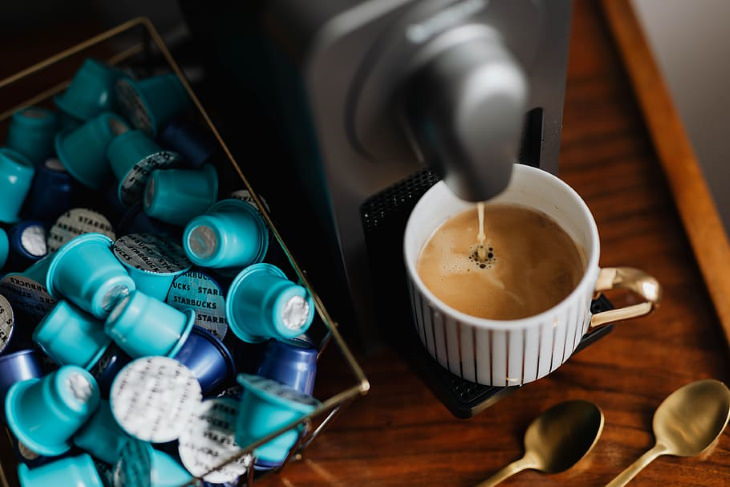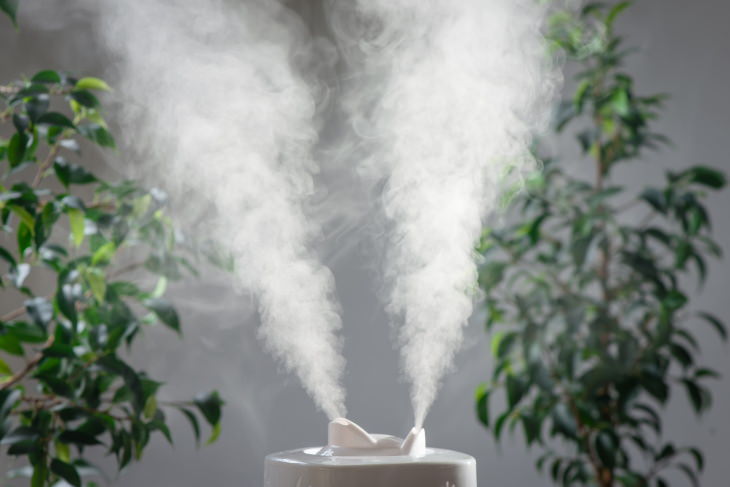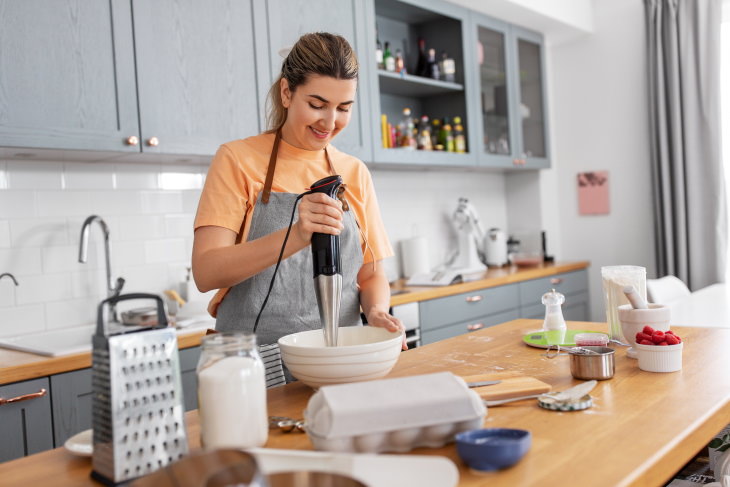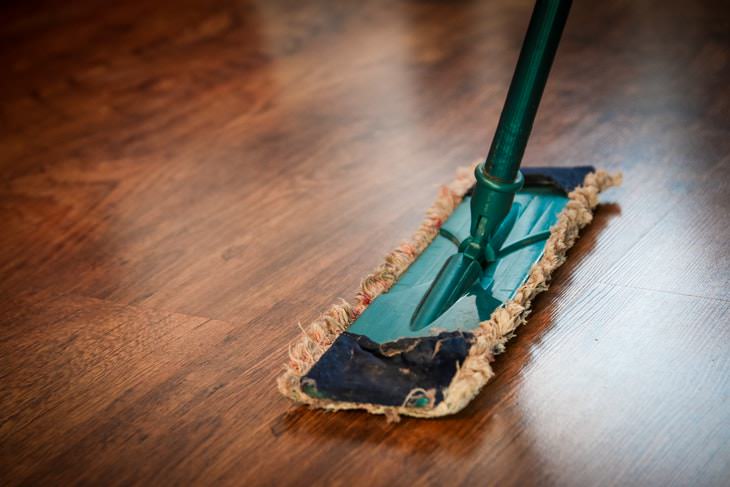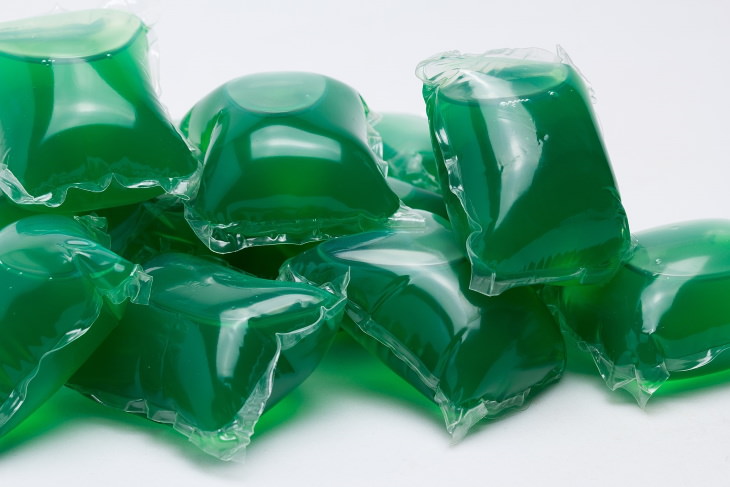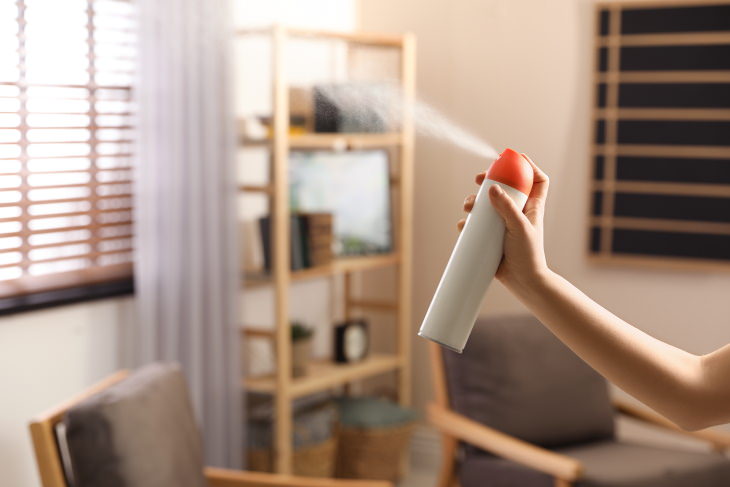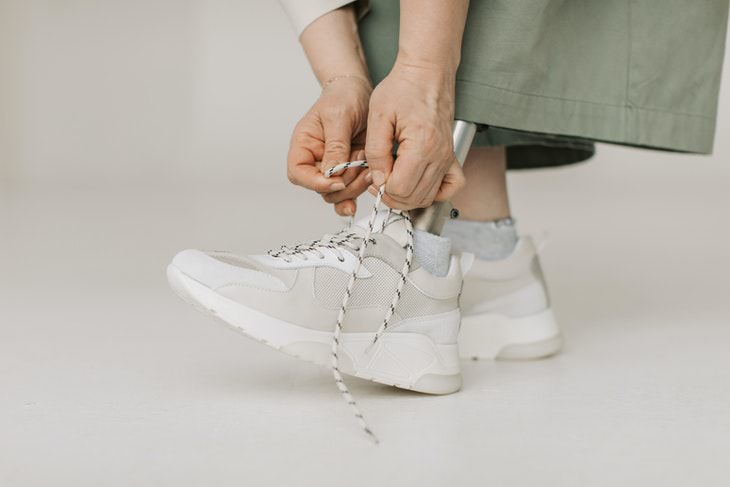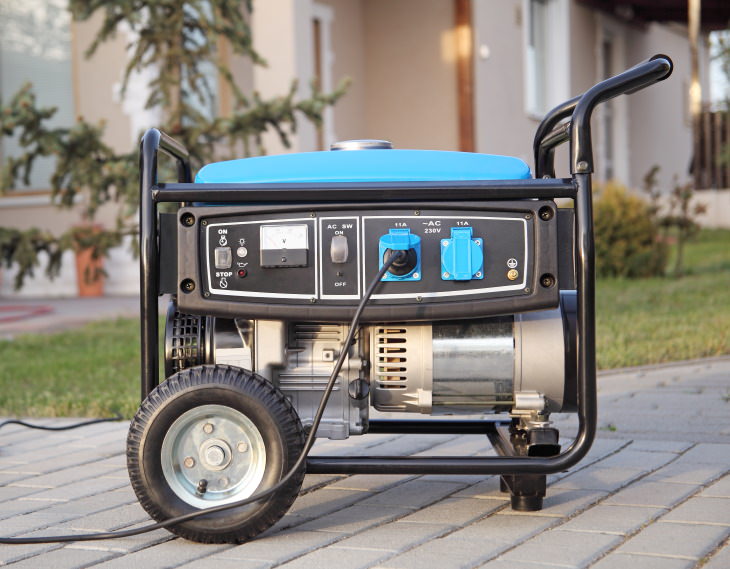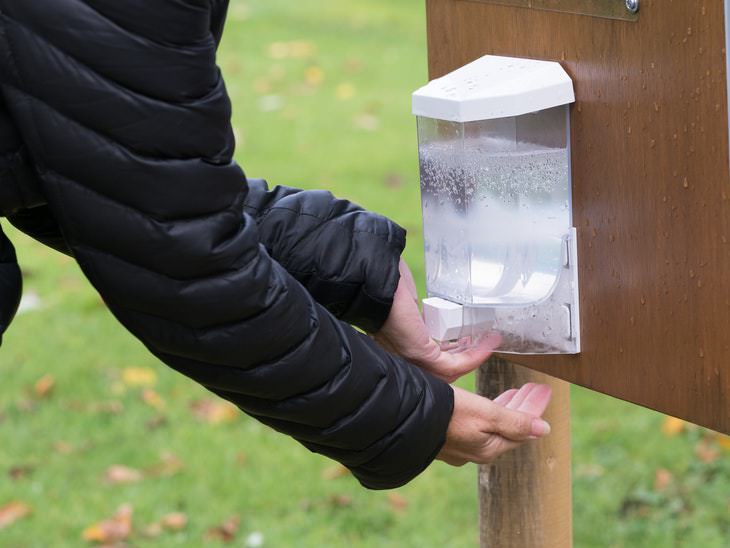1. Coffee capsules
Since we already mentioned coffee capsules in the introduction, let’s start with them. You’re likely aware that heating food in plastic containers is associated with increased leaking of carcinogenic and hormone-disrupting chemicals - a fact we mentioned in a previous article titled Your Kitchen is Filled With Harmful Items. What does this have to do with coffee capsules?
Well, all disposable coffee capsules are made of plastic, and the process of preparing coffee involves boiling water. Therefore, coffee prepared from such capsules is laden with microscopic plastic particles, which is not the preferred coffee condiment for most people. If you enjoy the convenience of coffee pods, a good alternative to single-use capsules is a reusable metal coffee pod available wherever you get your coffee or online.
2. Cool mist humidifiers
Air humidifiers are a blessing when the weather is dry and cold, but the newer kind of these gadgets known as ultrasonic humidifiers have a potentially dangerous effect on the respiratory system. These humidifiers work by turning the water stored inside the humidifier (and everything in the water) into a mist. This includes the mold and bacteria that could build up in the humidifier’s container or filter.
Another potential hazard is hard tap water. Since hard water is rich in minerals, you could end up inhaling them, and you’ll have a halo of white dust landing on nearby furniture and the floor too. For this reason, it’s essential to always use distilled or filtered water in air humidifiers, replace the filters on time and clean the humidifier as frequently and thoroughly as you can to prevent the spread of harmful microorganisms throughout your home.
3. Cut flowers
A bouquet of fresh flowers can make any room feel cozy and look just a little more special than usual. But if you’re not careful, a vase full of flowers can be more doom than gloom. Research shows that the stale water in a vase of flowers is brimming with bacteria.
A commonly found germ in vases is the Pseudomonas aeruginosa bacterium that causes persistent and hard-to-treat infections in the lungs and other parts of the body, particularly in people with a weakened immune system. So make sure to replace the water in the vase daily and rinse the stems of the flowers the next time someone decides to surprise you with a beautiful bouquet of flowers.
4. Immersion blenders
Immersion blenders have many advantages. They take up a lot less space than a standing blender, They can also be used directly in the pot or bowl you’re using to cook, which means that they’re less messy too! However, we must share a word of caution for home cooks who use these handy kitchen tools - do not scrape leftover food off the blades or replace blades when the blender is plugged in.
You could accidentally turn on the device while cleaning the blades with a spatula or (god forbid) your fingers, which could ruin your kitchenware or even lead to a serious injury. Unfortunately, there have been cases of people injuring their hands and even severing tendons and nerves in the fingers while cleaning immersion blenders, so make sure to never come near the blades without plugging out the device first.
5. Wood polish and cleaners
Furniture cleaners for wood, as well as wood polishes and stains, are not even close to being innocent, so be very careful when you use them. These products may contain petroleum-based chemicals and oil of cedar - both of which are extremely flammable.
Apart from that, wood care products can contain the carcinogens phenol and nitrobenzene, as well as ammonia and many other substances that can irritate the lungs, throat, eyes, and skin. So make sure to open all windows to air out the room and wear protective equipment, such as goggles, gloves, and a face mask, when working with these products. Swallowing or transferring any of these products into the eyes requires urgent medical help.
6. Laundry and dishwasher pods
Do you remember the Tidepod Challenge? Back in 2018, an infamous online trend where teenagers ingested laundry pods “for fun” swept through the world, and with dire consequences. Make no mistake, laundry pods and dishwasher pods are extremely dangerous when ingested and often cause death from poisoning or respiratory failure. Even so much as biting the pod can cause poisoning and health complications.
And even though the Tidepod Challenge is, fortunately, a thing of the past, fatal accidents with kids, elderly people with dementia, and animals continue to happen every year. Advocates have even asked companies to make these pods less reminiscent of candy appealing to stop all the deadly accidents, but few changes have been made to date. Meanwhile, let’s just all agree to keep the laundry and dishwasher pods in a locked cabinet at all times.
7. Air freshener
Concealing any unsavory smells and making your home smell like a flower meadow with just a quick spray of air freshener seems like a no-brainer. It isn’t. Research has been done analyzing the contents of air fresheners, and it found that the pleasant smell isn’t the only thing released into the air.
Formaldehyde, phthalates, and 1,4-DCB, a chemical linked to lung damage, have been found in air fresheners. These chemicals, known as volatile organic compounds (VOCs) can worsen allergies and asthma, cause migraines, and even disrupt hormones. So air fresheners are one household item we’d advise you to skip. Just use an essential oil diffuser instead, or avoid any extra smells and freshen up the house by simply opening the windows.
8. Tennis shoes
Your sports footwear should support your as you’re walking or running, but they often end up increasing your risk of foot issues and injury. Worn-out sports shoes make you more likely to develop anything from blisters to Achilles tendonitis and plantar fasciitis. An average tennis shoe will last you between 300 and 500 miles (483-819 km), which is between half a year and a year if you wear the shoes daily. Signs that it’s time to switch up your sports shoes are worn-out treads, a loose fit, and visibly worn cushioning.
9. Generator
Power generators are a good backup when the electricity is gone, but using them incorrectly can lead to carbon monoxide poisoning. In fact, around 180 people die every year from the improper use of portable power generators. Since carbon monoxide is a gas, it can accumulate in an enclosed space like the garage or shed.
When inhaled, the gas causes dizziness, flulike symptoms, and can make you pass out or even kill you. To prevent any of this from happening, a power generator should be kept at a distance of 20 feet (6 m) or more from your or anyone else’s home, neighbors included.
10. Hand sanitizer
Let’s be clear - we would never urge you to stop using hand sanitizer in times like these. So please continue keeping your hands clean and use hand sanitizer as much as you need, but do make sure to buy hand sanitizer from a verified source and know what’s in it. Due to the high demand for hand sanitizers right now, some companies started producing hand sanitizers by swapping the usual ethanol or isopropanol with a dangerous form of alcohol called methanol.
Methanol can be deadly, even in low doses absorbed through the skin, so stay away from a hand sanitizer that lists methanol on the ingredients list. It’s also important to keep hand sanitizer away from kids and pets, as there have been reports of kids drinking hand sanitizer and poisoning themselves.
Share this important information with family and friends!

